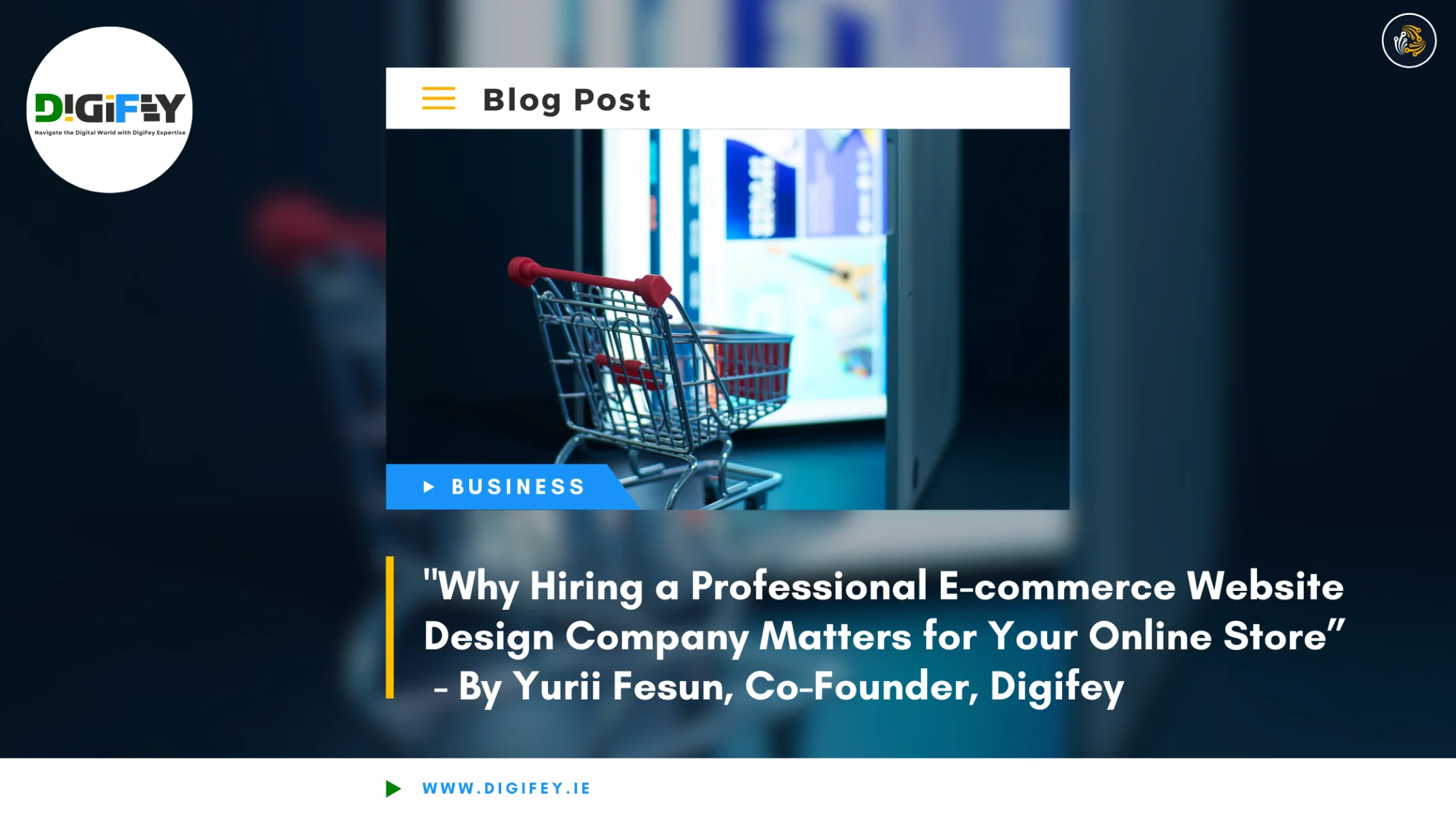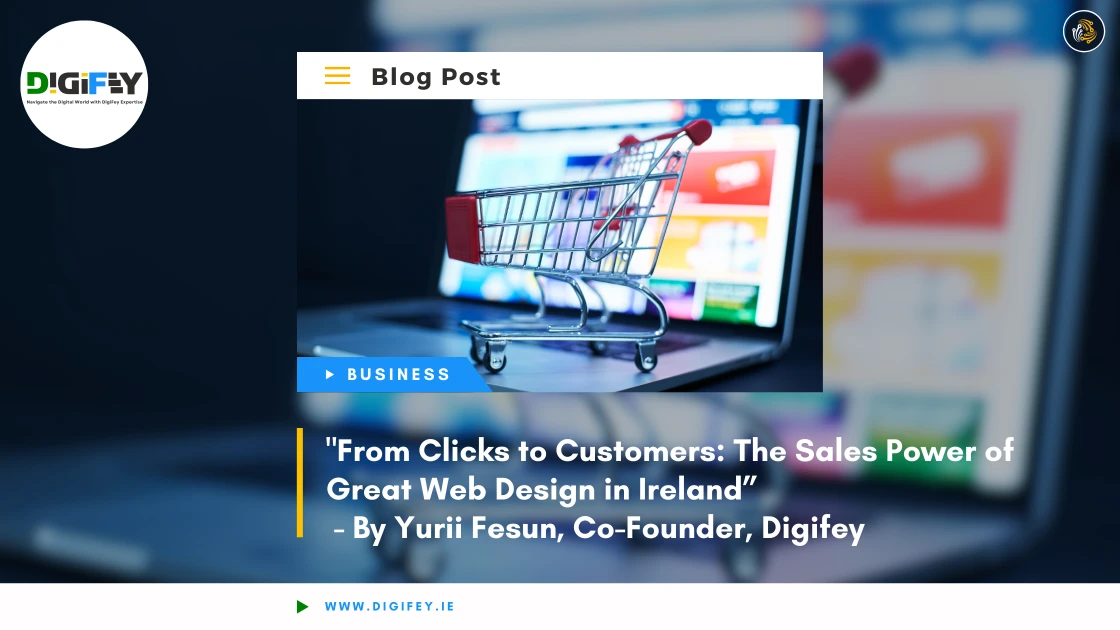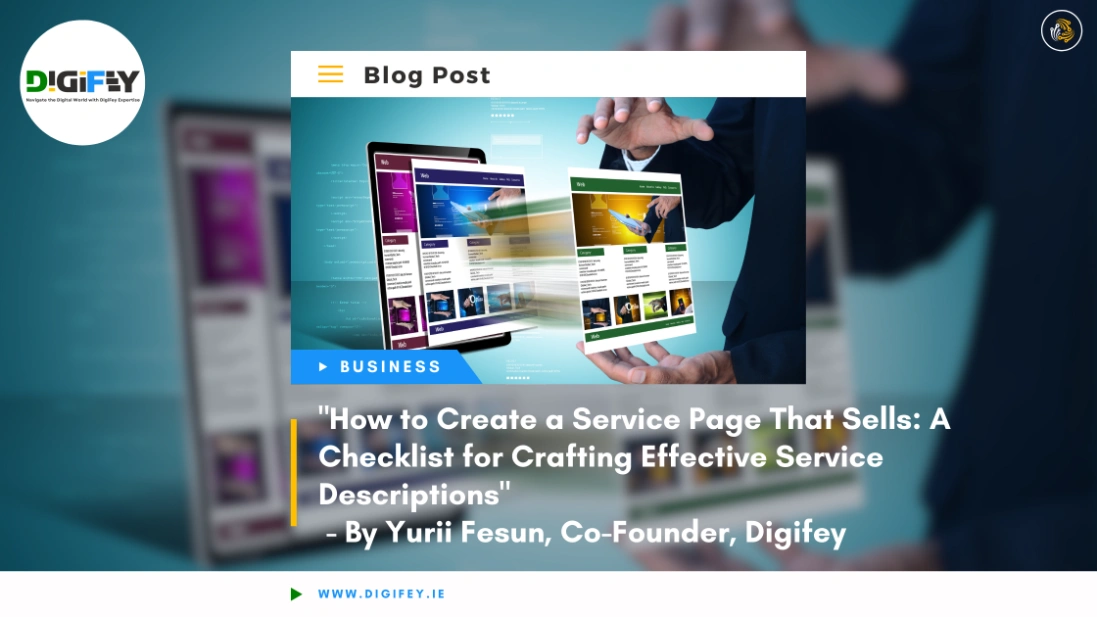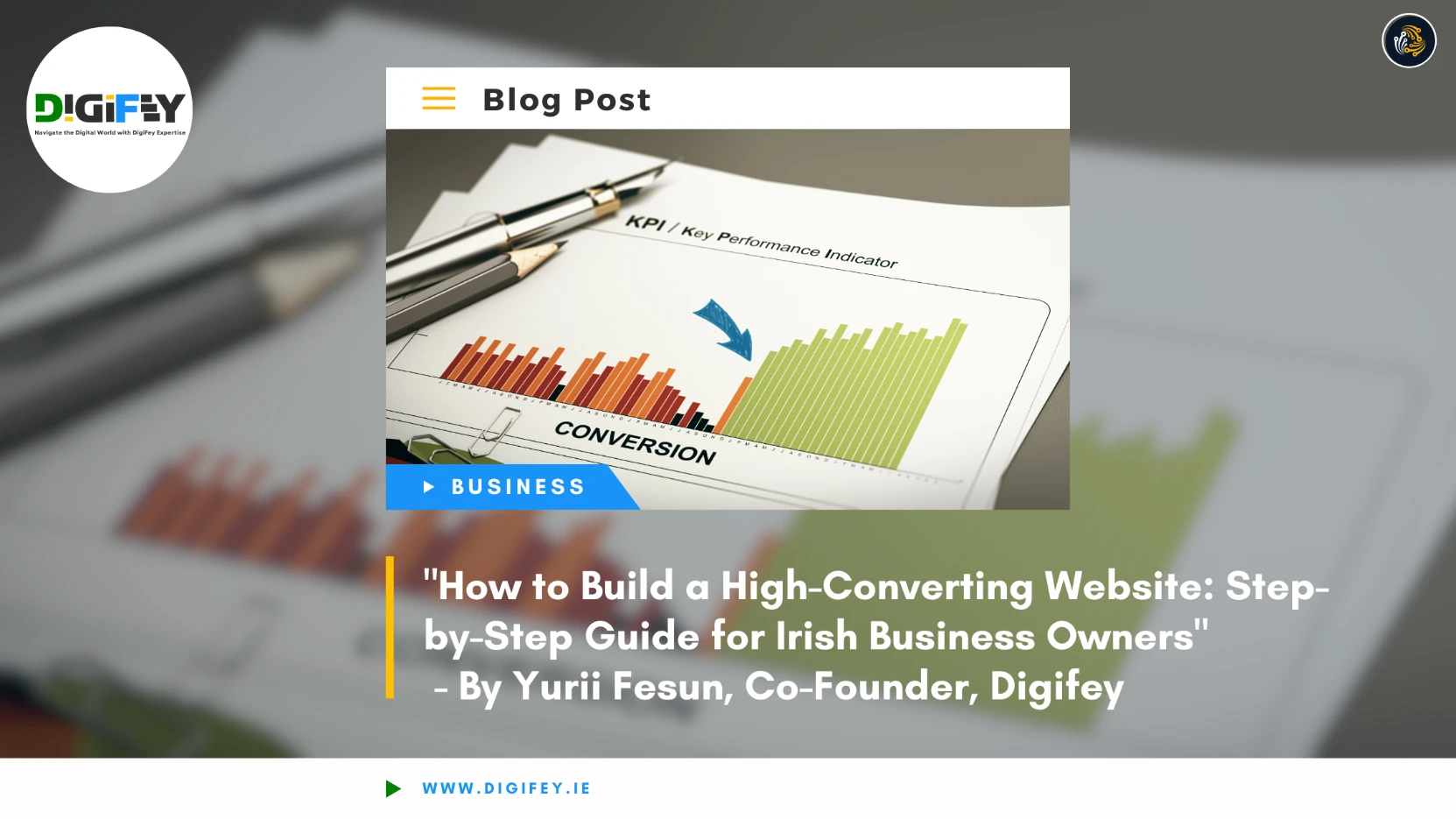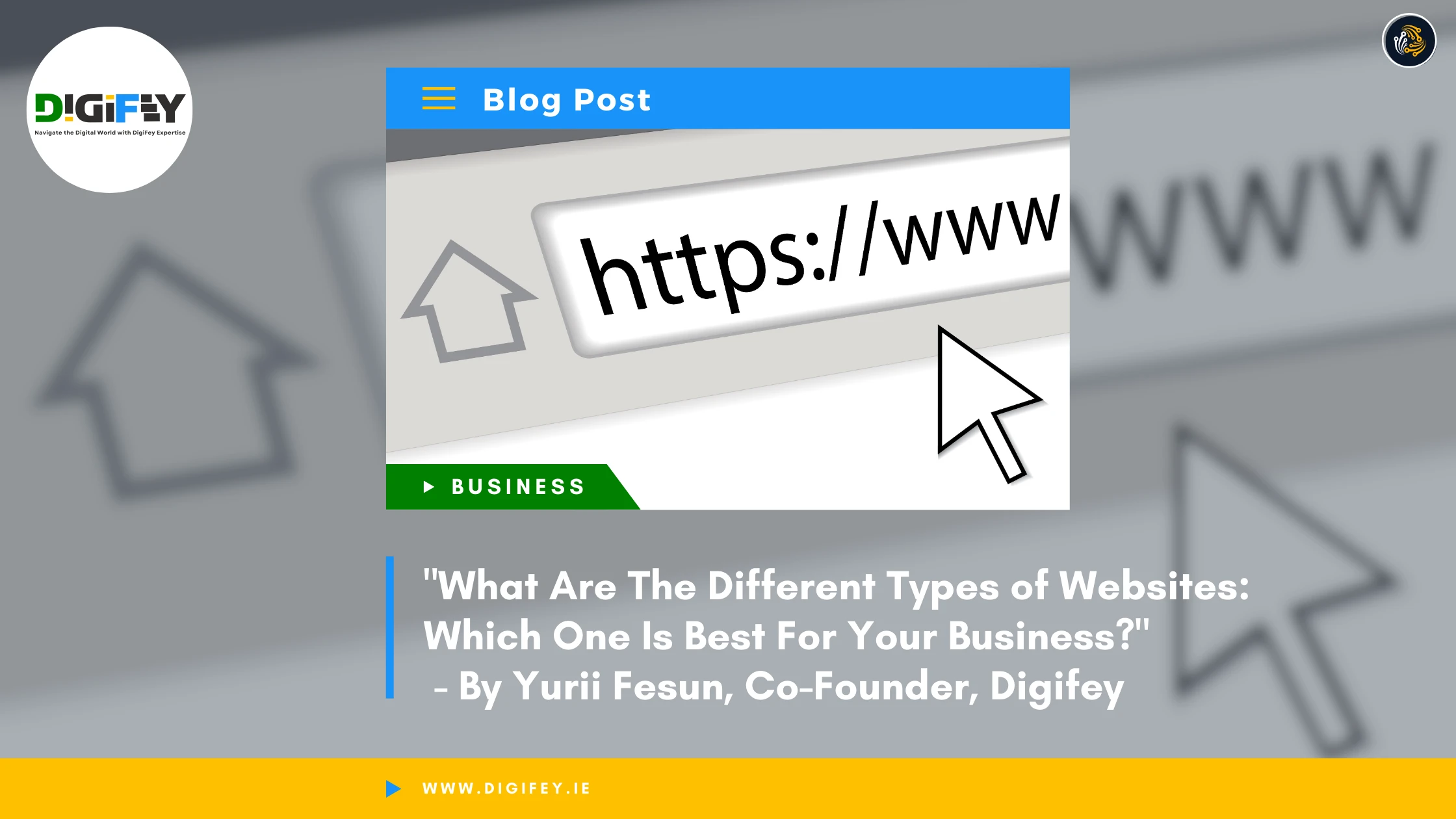In the competitive world of online retail, having an attractive and user-friendly e-commerce website is crucial. While DIY website builders might seem like a cost-effective solution, they often lack the sophistication and functionality needed to stand out in a crowded marketplace. Hiring a professional e-commerce website design company can be a game-changer for your business. Here’s why it matters and how it can benefit your online store.
1. First Impressions Count
Your website is often the first interaction customers have with your brand. A professionally designed e-commerce site ensures a polished, visually appealing interface that immediately conveys trust and credibility. Customers are more likely to explore and shop on a site that looks legitimate and well-maintained.
2. Customised Design Tailored to Your Brand
A professional e-commerce design company can create a website that reflects your unique brand identity. Instead of relying on generic templates, you’ll get a custom design that highlights your products and values. This helps your store stand out and fosters brand loyalty among your customers.
3. Enhanced User Experience (UX)
User experience is a key factor in driving conversions. Professional designers understand how to create intuitive navigation, clear calls-to-action (CTAs), and seamless checkout processes. They focus on details like:
- Fast-loading pages
- Mobile responsiveness
- Simple, secure payment gateways
These elements ensure a smooth shopping experience, reducing cart abandonment and boosting sales.
4. Optimisation for SEO
An e-commerce website isn’t just about aesthetics—it also needs to be discoverable by search engines. Professional design companies integrate SEO best practices, such as:
- Optimising site speed
- Structuring URLs logically
- Incorporating relevant keywords
This ensures your online store ranks higher in search engine results, attracting more organic traffic.
5. Scalability and Flexibility
As your business grows, so will your e-commerce needs. A professional design company will build a website that can scale with your business, accommodating new products, features, or even international markets. They can also integrate advanced tools like inventory management systems, customer analytics, and marketing automation.
6. Security and Compliance
Security is a top priority for any e-commerce website. Customers need to feel confident that their personal and financial data is safe. Professional designers implement robust security measures, such as SSL certificates and secure payment gateways, to protect your site from potential threats. They also ensure compliance with regulations like GDPR, which is especially important for businesses operating in Ireland and the EU.
7. Time and Cost Efficiency
While hiring a professional design company requires an upfront investment, it saves time and money in the long run. DIY websites often come with hidden costs, such as plugin subscriptions or fixes for poorly designed features. A professional team delivers a high-quality, fully functional site from the start, reducing the need for constant troubleshooting.
8. Access to Expertise
E-commerce website design companies bring a wealth of knowledge and expertise to your project. From understanding the latest design trends to knowing how to optimise for mobile shopping, their skills ensure your website meets modern standards and customer expectations.
9. Integration with Marketing Tools
A professionally designed e-commerce website can integrate seamlessly with marketing tools like email campaigns, social media platforms, and Google Analytics. This integration helps you track customer behaviour, refine your marketing strategy, and improve overall performance.
10. Competitive Advantage
In a competitive online market, a professionally designed website gives you an edge. It sets your brand apart, makes your store memorable, and provides a shopping experience that customers will return to. This competitive advantage is invaluable in building a loyal customer base.
Conclusion
Hiring a professional e-commerce website design company is not just an expense—it’s an investment in your business’s success. From creating a stunning and functional website to ensuring security and scalability, professionals bring the expertise and tools needed to help your online store thrive. In today’s digital economy, where customer expectations are higher than ever, a professionally designed e-commerce website can be the key to standing out and achieving long-term growth.

